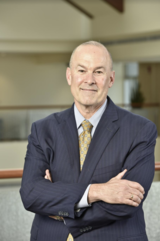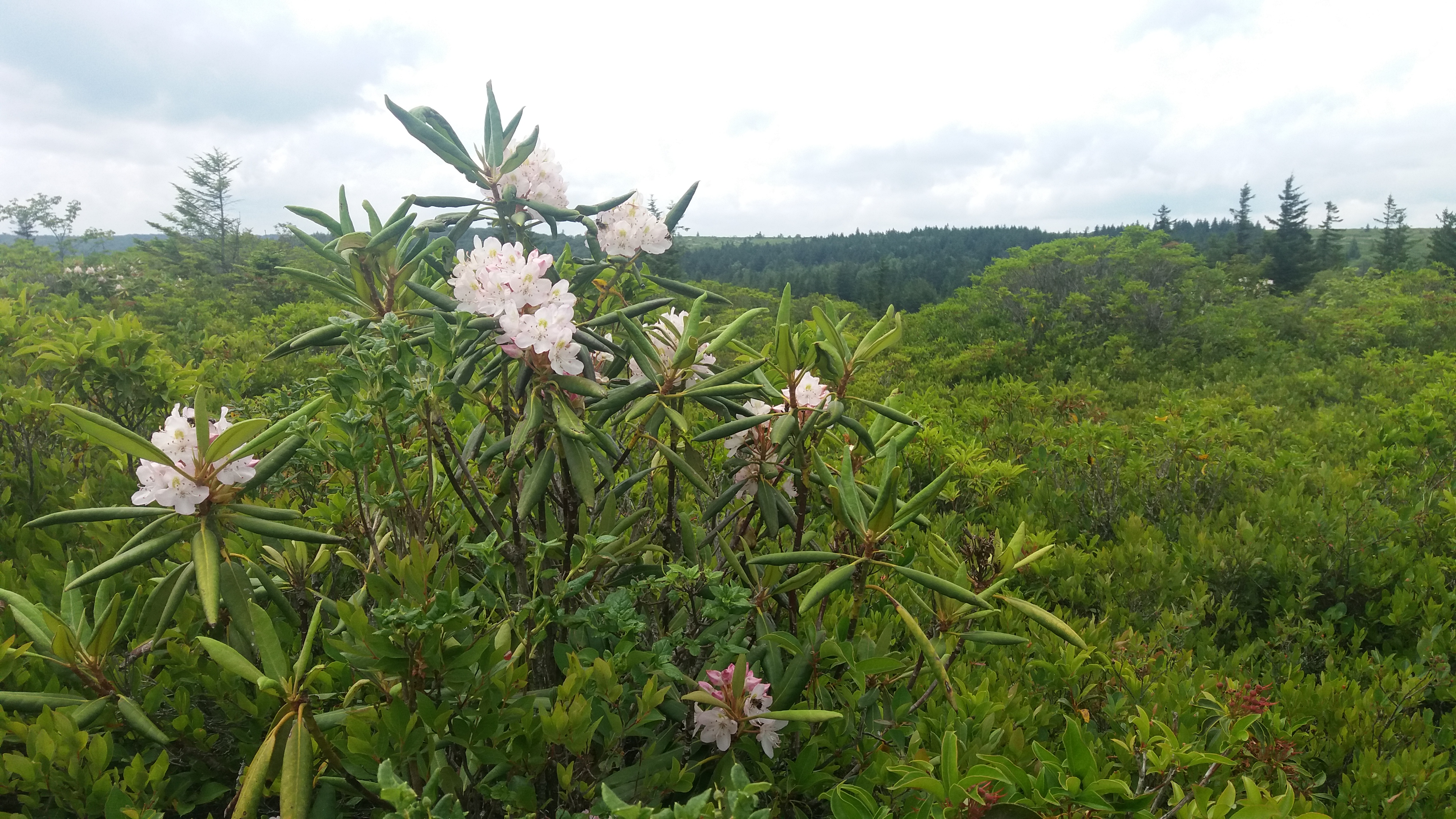Should we wish for a medical center where science and technology meet storytelling and spirituality?
What does that mean?
Arguably, it is Western medicine meeting Eastern medicine.
In the West, we break down the whole to pieces. Experts then deeply explore these pieces. We like to call this precision medicine.
At this level, we focus on curing disease, rather than embracing health.
We enhance our understanding of the pieces through research and analysis. The work of many scientists and caregivers is directed at this process, and it has delivered amazing breakthroughs and rescues from disease.
The challenge of this approach is to put the pieces back together in a tenable whole: to restore health. Remember, wholeness is the root word of health.
In the East, there is an intrinsic focus on the whole and perhaps a lessened focus on deeply understanding each part.
A focus on embracing health, rather than curing disease.
I believe we need both.
T.S. Eliot said, “We shall not cease from exploration. And the end of all our exploring will be to arrive where we started and know the place for the first time.”
This wisdom needs to be applied to health and medicine. We need both precision medicine to approach disease and wholeness and flow to promote health.
Despite all of our work, we still understand precious little about the human body that can allow us to prevent disease, extend life and promote health.
Most of us are healthy most of our lives. Our bodies are amazing entities. For most medical professionals, a majority of what we do is trying to unblock issues that prevent one’s body from healing itself.
Interestingly, as I have blogged, much of the current research in human health and longevity suggests that HUMAN elements are the most important.
Community and connectedness.
Relationships.
Safety and feeling loved.
Purpose.
Helping others.
Education.
Hope.
Abundance mindset.
Managing stress.
In fact, the way a person perceives their life, relationships, and purpose is critical in their health.
This is why we are interested in the storytelling and spirituality part of the equation.
Our lives are really just processing of signals that come from our environment – sight, smell, vision, hearing, and touch.
These signals are intrinsically neutral until we place meaning on them.
The result of the meaning we place on these signals create the stories of our lives.
Our stories are not just our his or her story (history or herstory.) They are the glue that holds our life narrative together. They allow us to make sense of the patterns of signals that we process each second of each day.
Changing the stories we tell ourselves may be the most fertile ground to create meaningful change in our lives and in our health.
Change the stories, change the perception and change health.
Combining this with spirituality or trust in a greater frame that operates for our growth and learning leads to a feeling of safety and being loved.
Appreciating the miracles that surround us leads to gratitude and wonder, which elevates the human condition.
Science and technology meeting storytelling and spirituality may be the ingredients for a healthy future for the citizens of our state, country and world.
Deep learning and precision medicine meeting the wholeness of our narrative leads to the abundant mindset that comes as we move to self-actualization.
West and East.
Healthcare and health.
Science and literature and art.
Pieces of the whole and the whole and its pieces.
Left brain and right brain.
Yin and yang.
Knowledge and faith.
Yesterday I was clever so I wanted to change the world. Today, I am wise, so I am changing myself – Rumi.
To see the world in a grain of sand, and to see heaven in a wild flower, hold infinity in the palm of your hands, and eternity in an hour – William Blake
Almost heaven.


